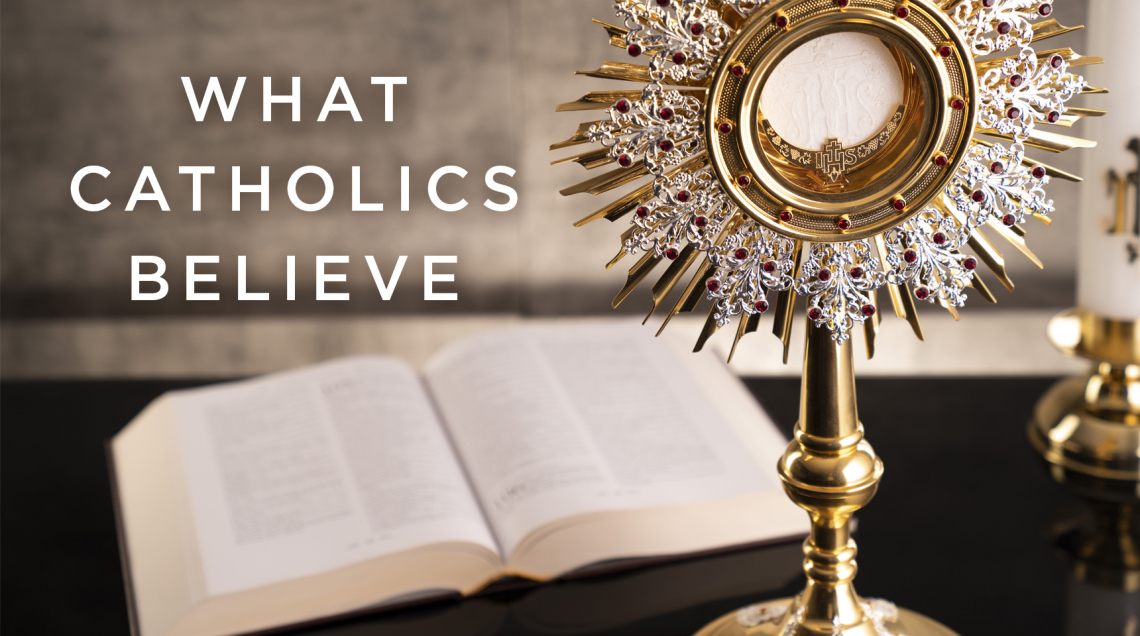The Mass: The Collect

Typically, on most Sundays, the celebration of Mass begins with the Sign of the Cross and the greeting by the priest, the penitential act (or the sprinkling rite on some days), the Gloria (outside Advent and Lent), and finally a prayer offered by the priest on behalf of all those present. This prayer has a technical name. The Roman Missal calls it the “collect.” Colloquially, we often refer to it as the opening prayer of Mass, although this is misleading. This prayer does not, in fact, begin Mass but rather concludes the introductory rites of Mass before we listen to the readings during the Liturgy of the Word. It is thought that the prayer is called the collect because it is meant to gather the individual prayers of all those present into one unified voice of prayer offered to God the Father.
The use of such a prayer at this point in the Mass is ancient. It is attested in the writings of Pope St. Leo the Great in the middle of the fifth century. Some of the actual collects that we currently hear at Mass can be traced to that period or to subsequent centuries during the early medieval period. Other collects at Mass date from the 1700s to the present day. Many of the collects have a long history of continuous use at Mass in the Roman rite. While scholars have long tried to identify the author of individual collects by comparing their vocabulary and style to the writings of notable saints and theologians, we rarely know who actually wrote a specific collect. In most parishes, the priest generally speaks the words of the collect of the Mass, but it is also possible for the priest to sing the words of the collect on more solemn occasions.
These prayers are generally very concise and known for their brevity. They follow a very consistent pattern. The priest begins by inviting everyone to pray with him with the invitation, “Let us pray.” All pray in silence. This moment of silence is an important part of the prayer that should not be overlooked. Then the priest, on behalf of all those present, offers to God the prayer. That prayer usually has three parts. First, the priest addresses the first person of the Blessed Trinity, God the Father, e.g. “Almighty God and Father.” Then the prayer mentions some quality about God or some saving action accomplished by God in the past, for example,“… [you] have commanded us to listen to your beloved Son.” Finally, the prayer expresses a petition to God for some blessing or grace, for example, “… may we rejoice to behold your glory.” In a few very rare cases, as on the Feast of Corpus Christ for example, the prayer is not addressed to God the Father but is addressed instead to the second person of the Trinity, our Lord Jesus Christ. At other times, the second element of the prayer, the mention of some attribute of God or some past action of God’s, is omitted. The prayer simply moves directly from the invocation of God’s name to the petition. The wording of the collect on a given day generally calls to mind the feast or mystery being commemorated at that Mass.
Although addressed to God the Father, the collect is offered through Christ as our one mediator between us and the Father. Moreover, the Holy Spirit dwelling among us makes it possible for us to pray as we ought. Thus, collects addressed to God the Father consistently conclude with the words, “Through our Lord Jesus Christ, your Son, who lives and reigns with you in the unity of the Holy Spirit, God for ever and ever.” Like the Sign of the Cross at the very beginning of Mass, the collect calls to mind the three persons of the Blessed Trinity in their unity.
While the collect is vocalized by the priest alone, all of us have a role to play in this part of Mass. After the invitation, “Let us pray,” all of us are invited to pray silently for whatever we need to pray for on that day. This is the time for us to voice silently to God in our hearts our individual needs and intentions for that Mass. In addition, all of us answer “Amen” at the prayer’s conclusion, giving our agreement and assent to what the priest has just prayed. But in order for that “Amen” to really mean something, we have to know what the priest just said! That means listening to the words he speaks carefully in order to understand what he has prayed for and making those sentiments our own. Praying in silence and listening are just as much forms of participation at Mass as speaking, singing, processing, standing, or kneeling. Once we have prayed the collect, all sit to listen and respond to God’s word, which will be proclaimed in the Scripture readings selected for that Mass.
Msgr. Marc Caron is moderator of the curia and vicar general for the Diocese of Portland.










